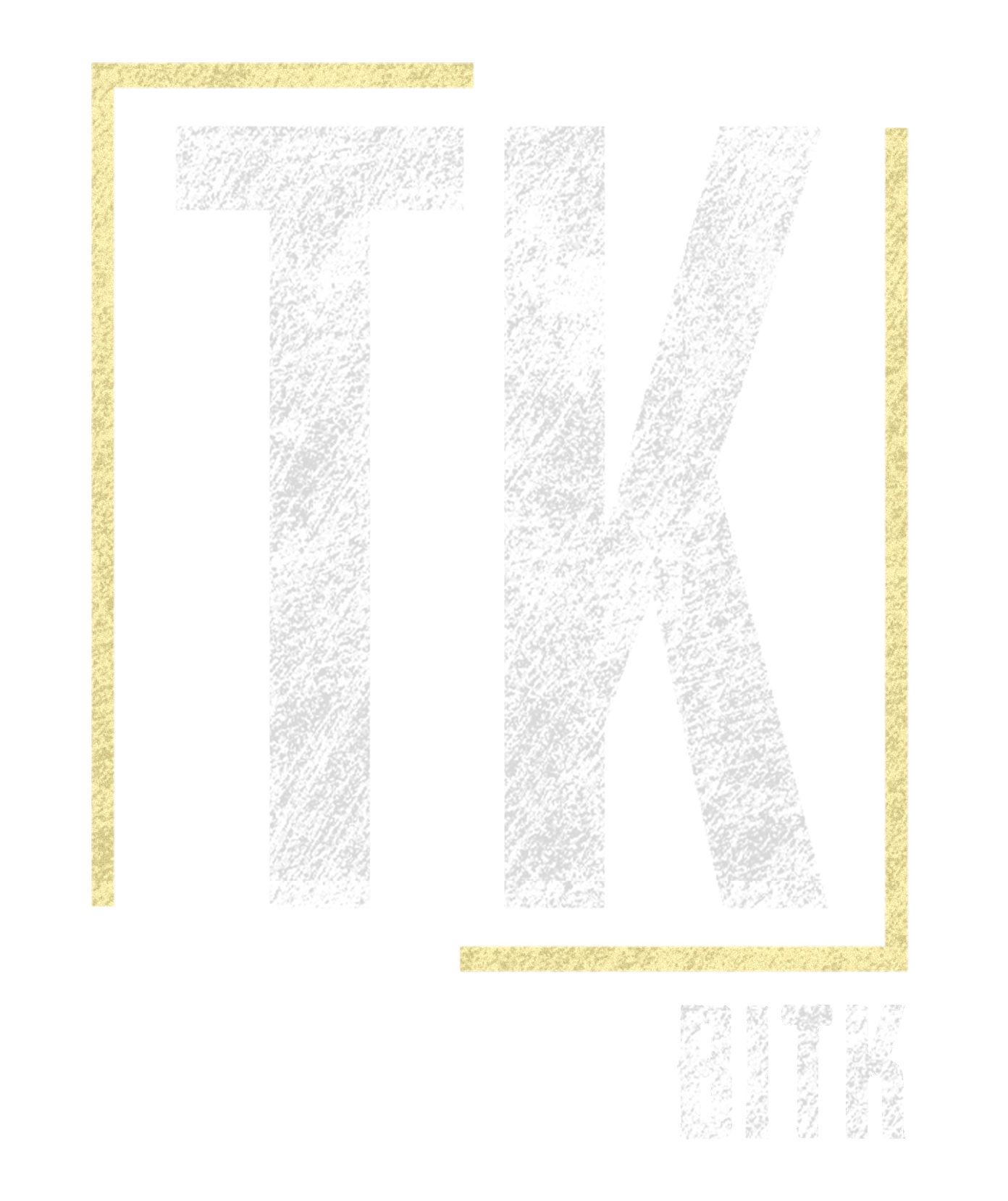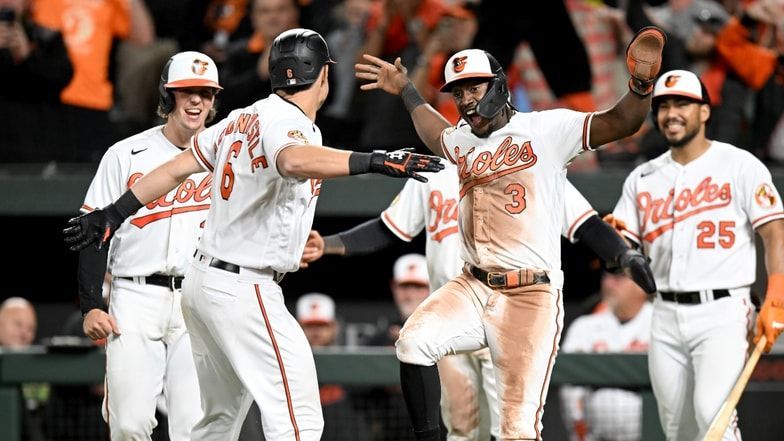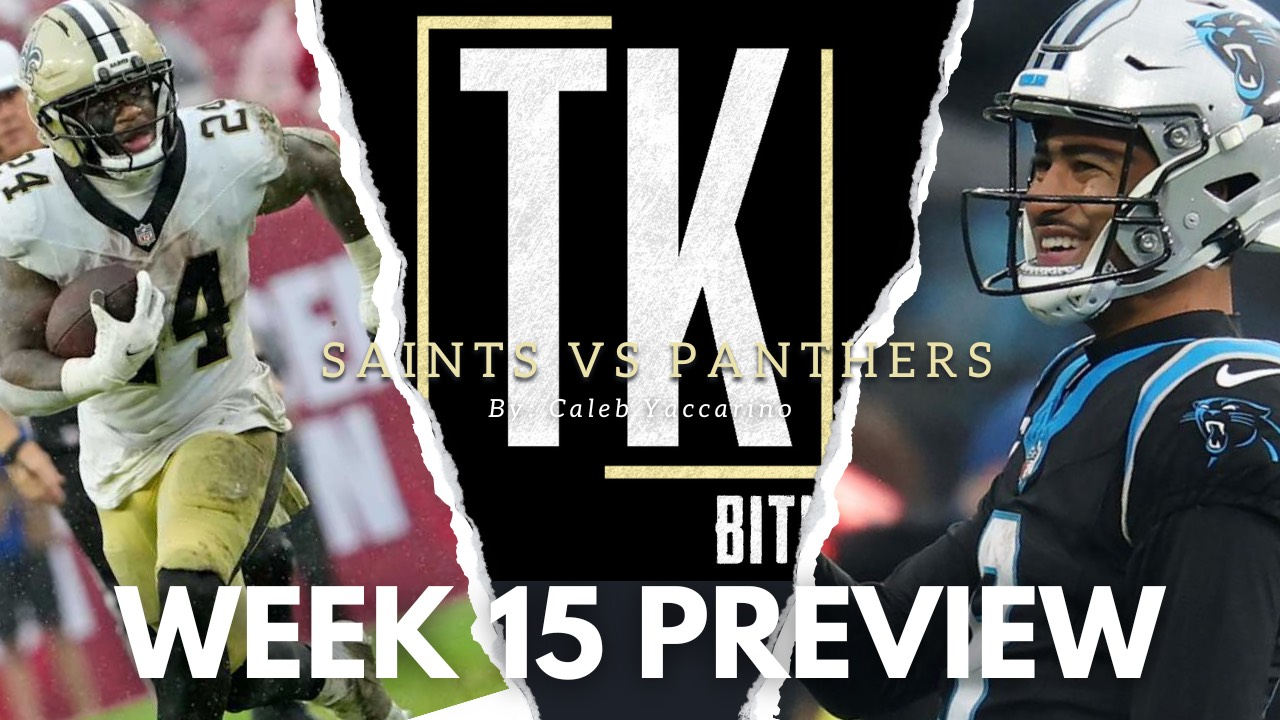The Summertime Blues
It's that time of the year again folks. The NBA finals will soon be winding down, the NFL draft has passed, and we are about to have a brief lull of interest in sports while we eagerly await the NFL's real games to return. Some may affectionately refer to this period as... The Summertime Blues.
It's in these moments where, sometime's I wonder what I'm gonna do, 'cause there ain't no cure for the summertime blues. Whether you're raisin' a fuss or a holler, or planning on spending your time way down yonder on the Chattahoochee, I have GREAT news. Ladies and Gentlemen, never fret, because Major League Baseball is fun again, and I'm not just talking about the cool closer introductions.
It's been no secret that Major League Baseball has been falling in popularity for years, with boring unwritten rules, and games lasting hours on end at the most grueling pace since televised fishing rodeos. However, things have changed.
This season, the MLB decided to implement a few major rule changes. Initially these were met with pushback, as all change is when it comes to baseball, but so far through the first quarter-ish if the season, the intended results seem to be there. Thanks to the pitch clock, games are moving MUCH faster. The average game length this season is 2 hours and 38 minutes, compared to 3 hours and 9 of last year.
Aside from the actual TIME the game takes, the pace and action also seem to be up. This season you are seeing an increase in runs scored thanks to the MLB banning the shift, opening up holes for batters. The rise in runs from 8.5 per game, to 9.1 per game may seem small, but when combining this with more stolen bases, up about 40%, and a game that is overall moving faster, the game is MUCH easier to stay into.
With these small changes, perhaps a game that I grew up loving can now move back into my rotation during these summer months, and deep into November. Now, place the cameras on the characters full time, and let the sport continue to be humanized and fun. Things will be hotter than a hoochie coochie in no time!
Follow Patty on Twitter
A quick share helps us a lot!



